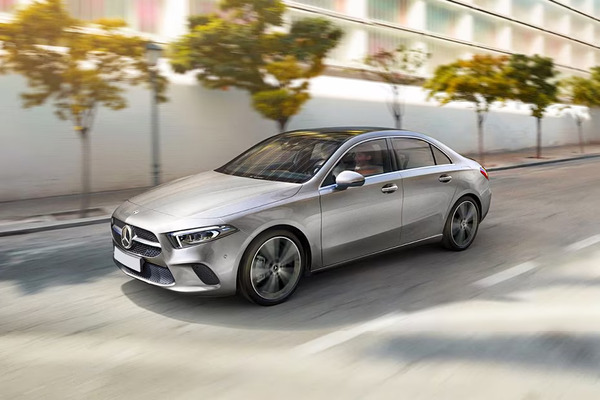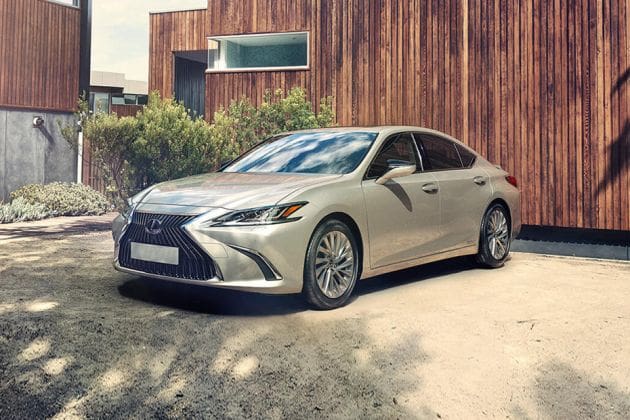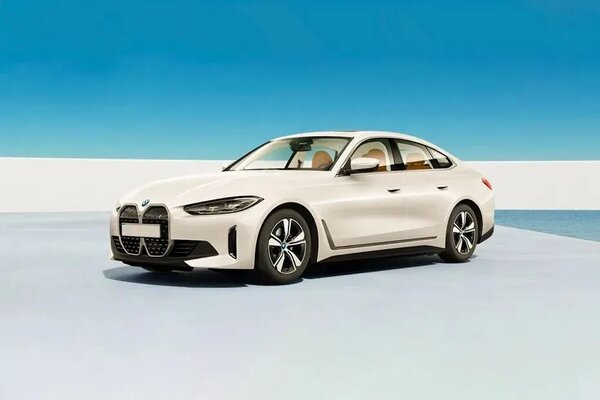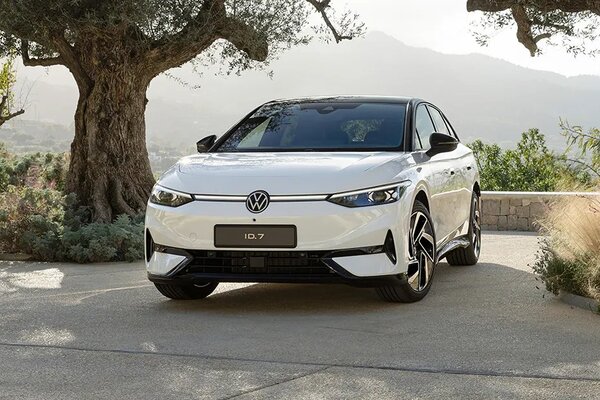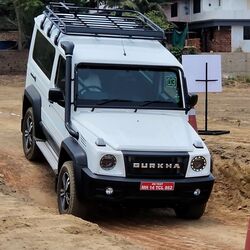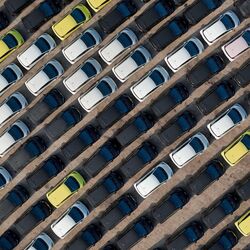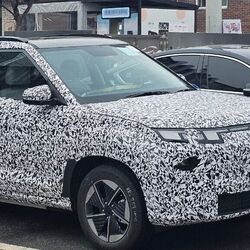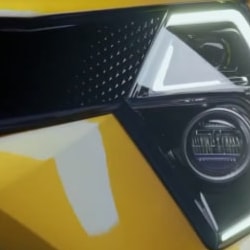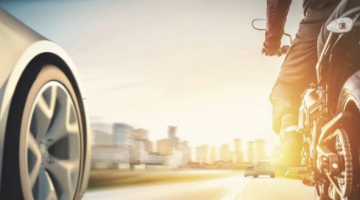This autonomous driving tech lets cars borrow other cars' sensor data: Report
- The technology draws data captured by cameras and sensors of other vehicles for improving its own self-driving system.


German automotive technology company Continental is developing an advanced new autonomous driving technology that is claimed to allow vehicles to use sensor and image data from nearby other vehicles. This capability is claimed to effectively allow the vehicles to see around corners. Christened as the Collective Perception system, this technology could use images taken by other vehicles' cameras. Currently, the technology is claimed to be in the testing phase, but it is not sure if the company will implement it in the real world.
Also Read : AMT or CVT: Which automatic transmission technology is better?
Describing this technology to Automotive News, Robert Gee, senior manager for portfolio development in connected vehicle solutions and V2X at Continental, said that this technology could help protect pedestrians, cyclists, and scooter users who are not connected.
Also check these Cars
“It allows for one vehicle to be able to use its own sensors to detect a vulnerable road user and send that data to other vehicles and let them calculate if this is going to be in my path," Gee added.
The company also says that interpreting data from cameras and sensors of other vehicles could be a challenge, but also noted that this technology could translate crucial information between two vehicles. The company is claimed to be working with five German automakers and two US automakers for the trial of this technology.
Several automakers around the world have been working on autonomous driving technology. While a major number of auto manufacturers have been offering semi-autonomous driver-assist technologies in their cars, a fully autonomous driving system is yet to make its way into the mass market.
Some global automakers such as Tesla, Volvo, Mercedes-Benz are among the frontrunners when it comes to autonomous driving technology. Tesla has already started testing its fully self-driving or FSD technology. Volvo too has been working on a similar technology that will require no driver intervention.







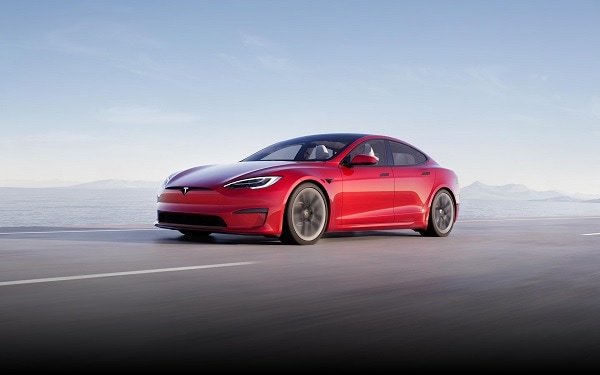
 75 kWh
75 kWh 396 km
396 km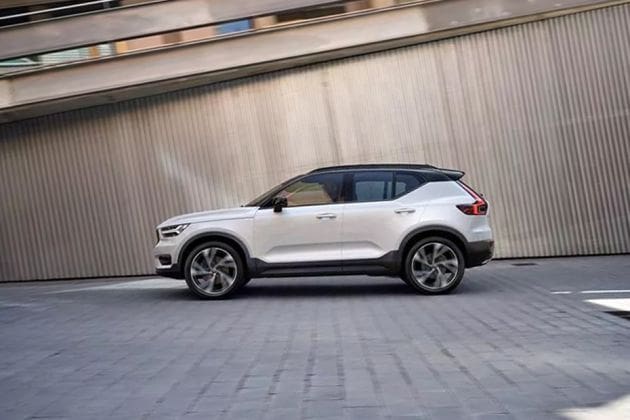
 1969.0 cc
1969.0 cc Petrol
Petrol